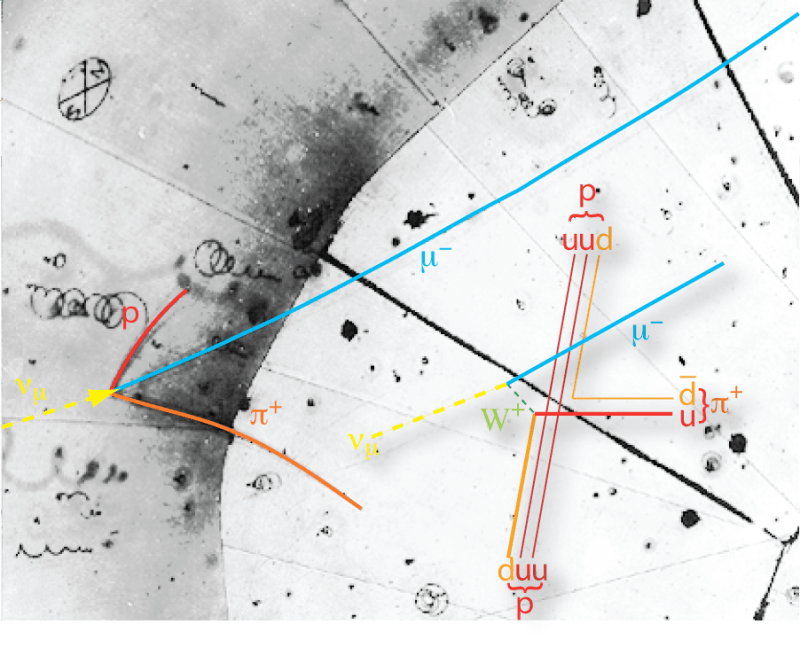Stanford professor of applied physics Peter Sturrock and other researchers released a paper this past month proposing a new system to detect neutrinos by monitoring radioactive decay rates. This system, if proven effective, would not only reduce the cost of detecting neutrinos from millions of dollars to thousands, but also deepen our understanding of elementary particle physics.
Purdue professor of physics and astronomy Ephraim Fischbach and astrophysicist Jeffrey Scargle of NASA’s Ames Research Center also collaborated on the paper.
Neutrinos, which are abundant, nearly massless elementary particles, are released as a byproduct of energy production in the sun’s deep interior. Not only can studying neutrinos help elucidate the behavior of the sun’s currently impenetrable interior, but studying the patterns of neutrino emission might possibly help to predict solar storms, which are intense bursts of radiation from the sun. These flares can cause damage and operational anomalies in man-made electronics.
Despite their abundance, however, neutrinos rarely interact with other particles, making them incredibly difficult to detect. Current methods are inefficient and involve building complicated, expensive detectors. One such detector, Super-Kamiokande, costs $100 million and requires 13 million gallons of ultra-pure water.
Although the new system of detecting neutrinos proposed by the paper has broad applications to many fields in physics and solar science, the system started with a problem in a completely different field. Fischbach was working on a difficult integral problem when he developed a new test for randomness.
Fischbach then applied this test to study nuclear decay, only to discover that nuclear decay was not random, but rather influenced by unknown signals.
With Sturrock and Scargle on board, the team was then able to analyze nuclear decay data and study what was causing this non-random variation. They found that these unknown signals seemed to correspond with the data from Super-Kamiokande and other neutrino detection facilities.
However, the team must compile more evidence before they can determine for sure that the signals they are seeing correspond to interacting neutrinos.
“We cannot prove that what we are seeing are neutrinos,” Fischbach said. “But what we can do is use the fact that we are seeing funny kinds of signals that look very much like the signals from Super-Kamiokande to infer that we are, in fact, seeing neutrinos.”
If the team can prove that these variations of decay rate are due to neutrinos, it is likely to change a lot about the way people think of physics.
“If the effects that we’re seeing are really due to neutrinos then they are interacting with matter in an entirely new way,” Fischbach said. “You cannot explain this phenomenon if they are attributed to neutrinos in any conventional way, so some new piece of physics must be out there.”
If these decay rate variations cannot be attributed to neutrinos, the discovery of non-stochastic, non-constant decay rates still raises the question of what forces are causing the variations.
“It’s also possible that we’re seeing the effects of other kinds of matter, so called dark matter, and a lot of things out there that can produce effects that look like neutrinos,” Fischbach said. “Since our lives depend on assuming radioactive decay rates are constant [i.e. carbon dating, medical applications], if they’re not, there will be a lot of changes in the way we [think of] things.”
Contact Aulden Foltz at afoltz ‘at’ stanford.edu.
